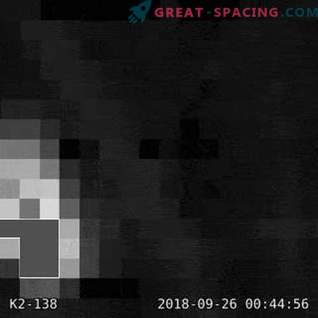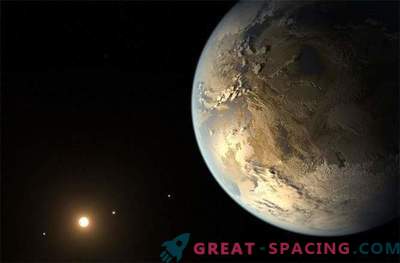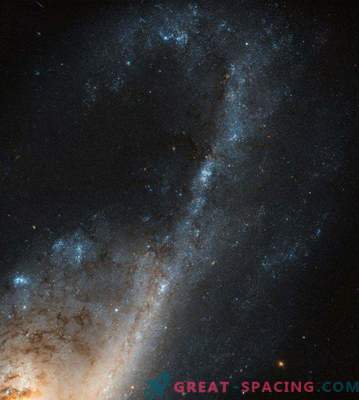
The Kepler Space Telescope managed to find thousands of worlds around alien stars, recording their control flashes before it ran out of fuel last fall. Recently, scientists have released the latest image of the full field of view.
Telescopes often produce images of the “first light”, documenting the first scientific understanding of space from a particular apparatus. The first light of Kepler appeared in April 2009 after dropping the dust shield over the sensitive camera. The last image (full sky scan) arrived on September 25, 2018.

A photograph of the “last light” from the Kepler space telescope, acquired on September 25, 2018. This is the last shot that the telescope received in full field of view before the fuel ran out.
Kepler revolves around the sun along the Earth’s orbital path. The first mission (2009-2013) focused on a detailed study of a narrow celestial region in the constellation Cygnus. After the two wheels failed, the ship could no longer point exactly to one point.
Therefore, they launched the K2 mission, which ensured that the telescope studied different points with a duration of 75 days for each. During both missions, Kepler managed to find more than 2,600 confirmed worlds, as well as many others that are awaiting confirmation. Due to the switch in the mission, the last light does not match the image of the first one. However, the ship was able to hunt exoplanets in different parts of the sky. The last field of view of Aquarius includes the TRAPPIST-1 system with seven planets.
Kepler's vigilant eye fixed the worlds, noticing patterns in the darkening of the stars when the planets passed in front of them (transit method). The telescope will no longer provide information, but scientists continue to find planets in archival data. Even more will be confirmed when comparing performance with observations from other telescopes, such as the recently launched TESS.

This is a view of the star GJ 9827, near which three discovered planets live. This is one of the last frames received from Kepler. Objects are 97 light-years away.
Kepler also studied certain target objects at 30-minute intervals. NASA reports that these images arrived within a few hours after receiving the last photo of the full star field.

The Kepler telescope recorded the sequence of the star K2-138 and its 6 exoplanets as one of the last observations. It is also the first multi-planet system open to civilian scientists.











































